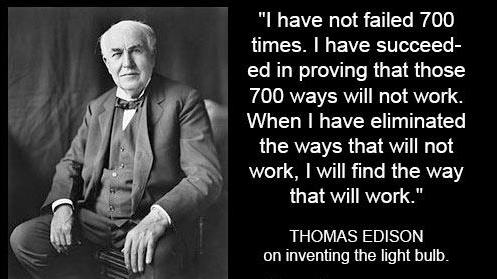What is a science fair project? Too often, students and parents look at a science fair project as just another class assignment the student must complete in order to pass a course. But in fact, a science fair project is really more like an independent study course to develop a student’s interests, special talents, abilities, career training or more.
A child is naturally curious. A science project can nurture this curiosity. If a teacher understands this and can get this message across to students, a science fair project can be an exciting learning tool, and a challenge and discovery experience that will last a lifetime.
In most cases, a science project will be the first time your child isn’t being told what to do, how to do it, or that there is only one correct solution to a problem. It’s a unique way for your child to pose questions for which they must find answers to satisfy their own curiosity about the world around them. Your child gets to choose his/her own topic, and decide the best way to approach the project on their own. In fact, it’s okay for their hypothesis to not turn out as they predicted.
In the case of an engineering design project it’s also quite acceptable to fail and try to re-design it another way, often several times before success is achieved. I’m reminded here about the story of Thomas Edison, who is said to have tried 700 different ways to make a light bulb before making one that worked. This is a valuable lesson we should allow our children to learn on their own. Imagine if Edison had stopped after 600 tries!
The role both teachers and parents can best play in a science or engineering project experience is that of a facilitator, helping students come up with an idea that’s of most interest to him/her and helping them find the resources they need to complete their project. Science is all around us and can be found in the most unlikely places. Almost every interest can be turned into a science project, from cooking and gardening to cosmetics, music, gaming, engineering, sports and even candy – yes, there are several very interesting and fun experiments with M&M’s.
It’s helpful to remember that an eighth grader is not being asked to conduct a Nobel-winning experiment – students should always select an age appropriate project. Help the student realize the importance of always using the scientific method or an engineering design process. For instance, if a student wants to build a hovercraft, help him or her to create a real science experiment — building five different small models of a hovercraft and testing how well each of them works with a different type of battery is an example of this approach.
As an adult, the most important thing you can do is to leave the experiment in the hands of the student. While you want to be a sounding board or a chauffeur, the safety officer or the cheerleader, it’s their experiment. Whether the hypothesis is proven or disproven, there are results to be analyzed and conclusions to draw. Even if the wheel fell off the cart, discovering why, and how to prevent it next time, is one step forward in the scientific method or in the engineering design process. This means the goal of the project – to be an independent learning experience – was met. Success!

